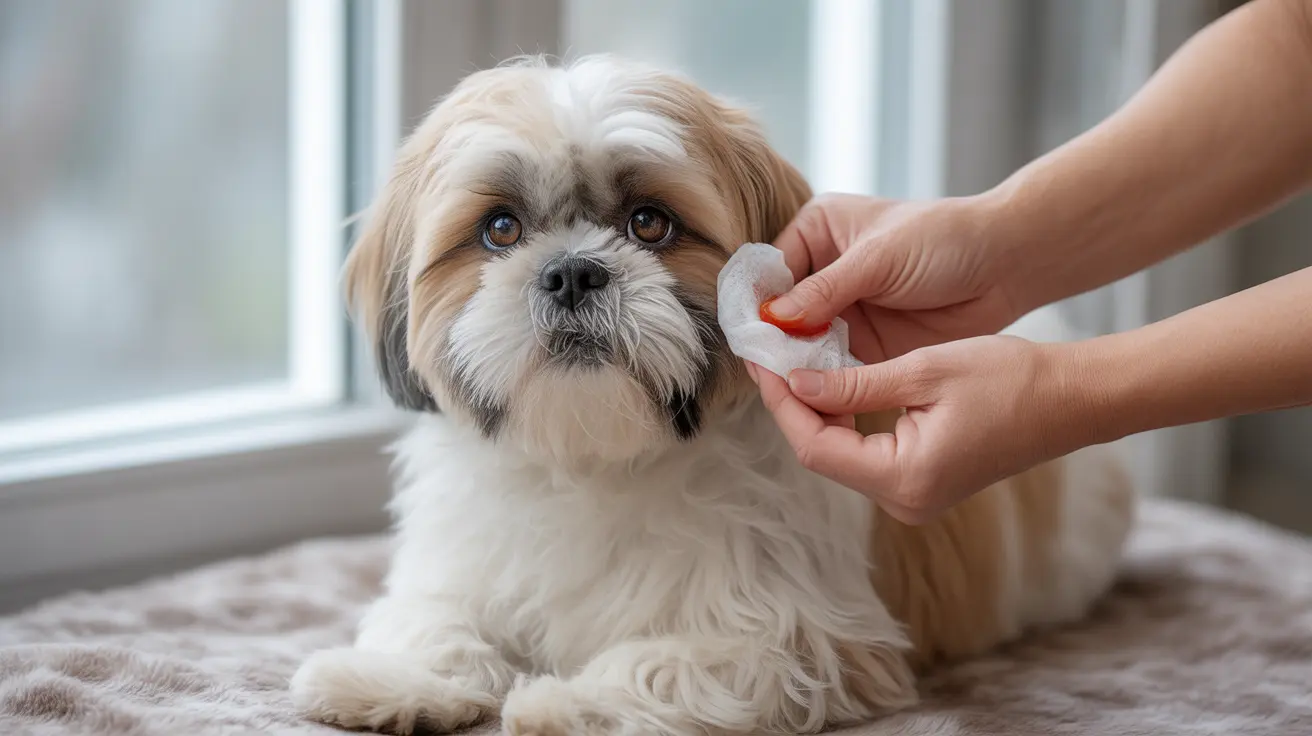Introduction
Many pet owners wonder if dogs can get styes on their eyes, and the answer is yes. Just like humans, dogs can develop these painful, red bumps along their eyelids when oil glands become infected. These uncomfortable conditions, medically known as hordeolum, typically result from bacterial infections and can cause significant discomfort for our canine companions.
Understanding dog eye styes is crucial for every pet owner, as early recognition and proper treatment can prevent more serious complications. This comprehensive guide will explore everything you need to know about styes in dogs, from identifying symptoms to treatment options and prevention strategies.
Understanding Dog Eye Styes
A stye is a localized infection of the oil glands in a dog's eyelid, most commonly caused by Staphylococcus aureus bacteria. These painful bumps typically appear along the edge of the eyelid and can affect both the upper and lower lids. While similar to human styes, they can be harder to spot in dogs due to their fur.
It's important to note that not all eyelid bumps are styes. Other conditions, such as chalazions (non-infected blocked glands) or tumors, can present similar symptoms but require different treatment approaches.
Common Symptoms to Watch For
Dog eye styes typically present with several distinctive symptoms:
- Red, swollen bump on the eyelid
- Visible discomfort or pain around the eye area
- Excessive tearing or eye discharge
- Squinting or frequent blinking
- Pawing at the affected eye
- Swelling of the entire eyelid
Treatment Options and Care
Treatment for dog eye styes typically involves several approaches:
Veterinary Care
- Professional examination and diagnosis
- Prescription antibiotic eye drops or ointments
- Oral antibiotics for severe cases
- Evaluation for underlying conditions
Home Care
- Warm compress applications (3-4 times daily)
- Keeping the eye area clean
- Preventing scratching or rubbing
- Following prescribed medication schedules
Prevention Strategies
While not all styes can be prevented, several measures can reduce their likelihood:
- Regular cleaning around the eyes
- Maintaining good overall hygiene
- Addressing any underlying health conditions
- Regular veterinary check-ups
- Protecting eyes from irritants and trauma
When to Seek Veterinary Care
Immediate veterinary attention is necessary if you notice:
- Persistent or growing eye bumps
- Significant pain or discomfort
- Changes in vision or behavior
- Colored or thick discharge
- Spread of infection to surrounding areas
Frequently Asked Questions
Can dogs get styes on their eyes, and what causes them?
Yes, dogs can develop styes on their eyes. These are typically caused by bacterial infections, most commonly Staphylococcus aureus, affecting the oil glands in the eyelids. Contributing factors include poor hygiene, weakened immune system, or trauma to the eye area.
What are the common symptoms of a stye in a dog's eye?
Common symptoms include a red, swollen bump on the eyelid, excessive tearing, eye discharge, squinting, visible discomfort, and pawing at the affected eye. The area may be tender to touch, and the dog might show reluctance to have their face handled.
How do I safely treat a dog's eye stye at home before seeing a vet?
Apply a clean, warm compress to the affected area for 5-10 minutes, 3-4 times daily. Keep the area clean and prevent your dog from scratching or rubbing the eye. However, this should not replace veterinary care, especially if symptoms persist or worsen.
When should I take my dog to the veterinarian for a stye on their eye?
Seek veterinary care if the stye persists more than a few days, shows signs of worsening, causes significant discomfort, or is accompanied by thick discharge or vision changes. Professional evaluation is essential to rule out more serious conditions.
How can I prevent my dog from developing styes on their eyelids?
Prevent styes by maintaining good eye hygiene, regularly cleaning around the eyes, addressing any underlying health conditions, and scheduling regular veterinary check-ups. Protect your dog's eyes from irritants and trauma, and promptly address any eye-related concerns.
Conclusion
While dog eye styes can be uncomfortable for our furry friends, they are typically treatable with proper care and attention. Understanding the signs and symptoms helps ensure prompt treatment, leading to better outcomes. Always consult with your veterinarian for proper diagnosis and treatment plans, as they can best determine the appropriate course of action for your pet's specific situation.






